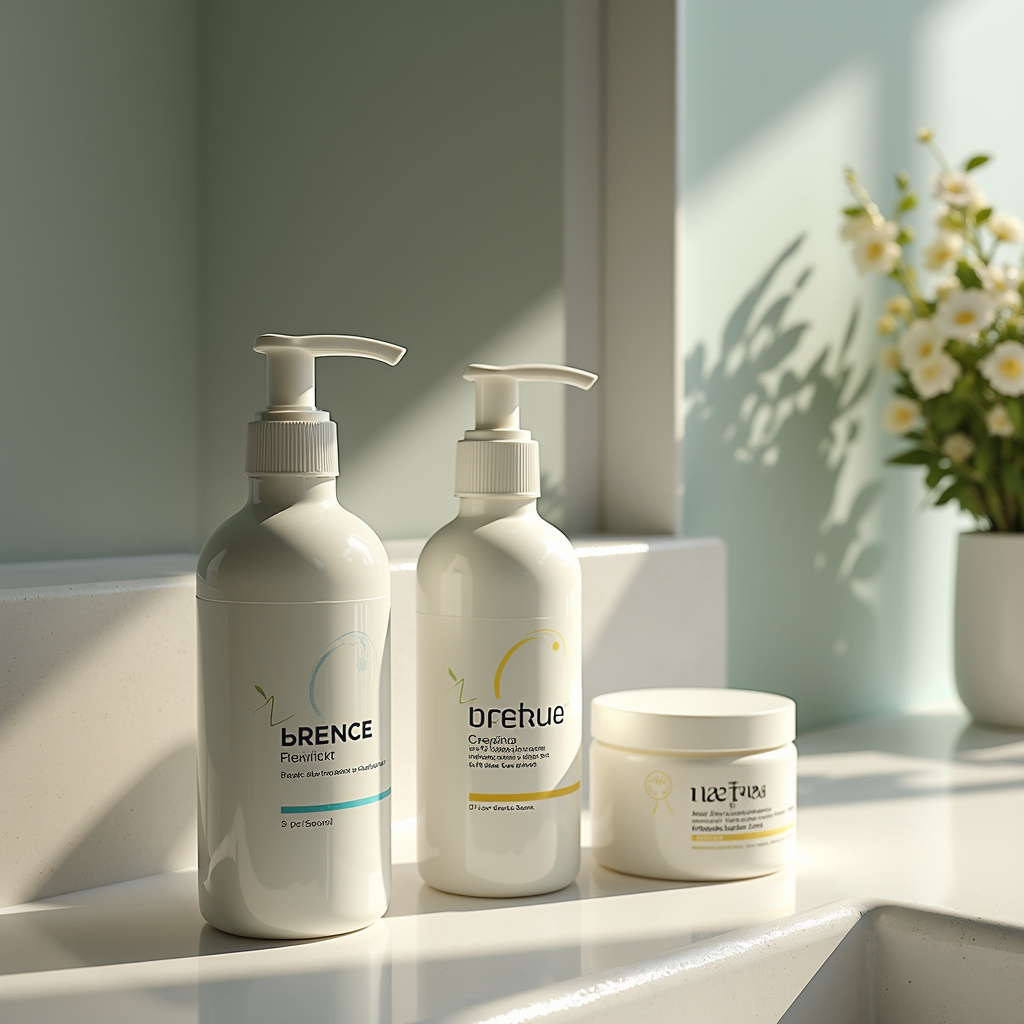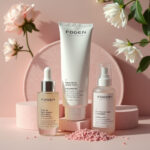Understanding Clean Beauty
Clean beauty is more than just a buzzword; it’s a movement that has gained significant traction in recent years. As we step into 2026, many consumers are increasingly aware of what they put on their skin and how it affects their health and the environment. But with so many claims and labels, it’s essential to understand what clean beauty truly means.
What Does “Clean” Really Mean?
The term “clean beauty” refers to products that are made without harmful ingredients and are safe for both the user and the planet. However, the definition can vary widely from brand to brand. Here are some common aspects associated with clean beauty:
- Non-Toxic Ingredients: Many clean beauty brands avoid using ingredients known to be harmful, such as parabens, sulfates, and phthalates.
- Transparency: Clean beauty brands often prioritize transparency, providing clear information about their ingredients and sourcing practices.
- Sustainability: Many clean beauty products aim to minimize environmental impact, using eco-friendly packaging and sustainable sourcing methods.
The Rise of Regulations
In 2026, we are seeing a shift towards stricter regulations surrounding clean beauty claims. Governments and organizations are beginning to crack down on misleading marketing practices. This means that brands must now provide more substantial evidence to back their claims. Here are some key points regarding this shift:
- Standard Definitions: Regulatory bodies are working on establishing standardized definitions for terms like “clean,” “natural,” and “non-toxic,” which will help consumers make informed decisions.
- Ingredient Lists: Brands are required to provide comprehensive ingredient lists, helping consumers identify potential allergens or harmful substances.
- Certification Programs: Emerging certification programs aim to validate clean beauty claims, providing a trustworthy seal of approval for consumers.
Consumer Awareness and Education
As the clean beauty movement evolves, consumer awareness and education are more important than ever. In 2026, consumers are becoming savvier and more discerning about their purchases. Here are some trends that are shaping this landscape:
- Ingredient Knowledge: Consumers are taking the time to educate themselves about ingredients and their potential effects, leading to a demand for transparency.
- Influence of Social Media: Social media platforms are pivotal in shaping opinions about clean beauty, with influencers sharing their experiences and recommendations.
- Demand for Inclusivity: The clean beauty movement is expanding to include a diverse range of skin types and tones, recognizing that beauty is not one-size-fits-all.
Conclusion: Navigating the Clean Beauty Landscape
As we navigate the clean beauty landscape in 2026, it’s crucial to remain informed and cautious. While the movement offers exciting possibilities for healthier, safer products, it also requires vigilance from consumers. By understanding what clean beauty truly means and staying informed about regulations and ingredient transparency, you can make informed choices that align with your values and health. Remember, clean beauty isn’t just a trend; it’s a commitment to a better and more sustainable future for everyone.




